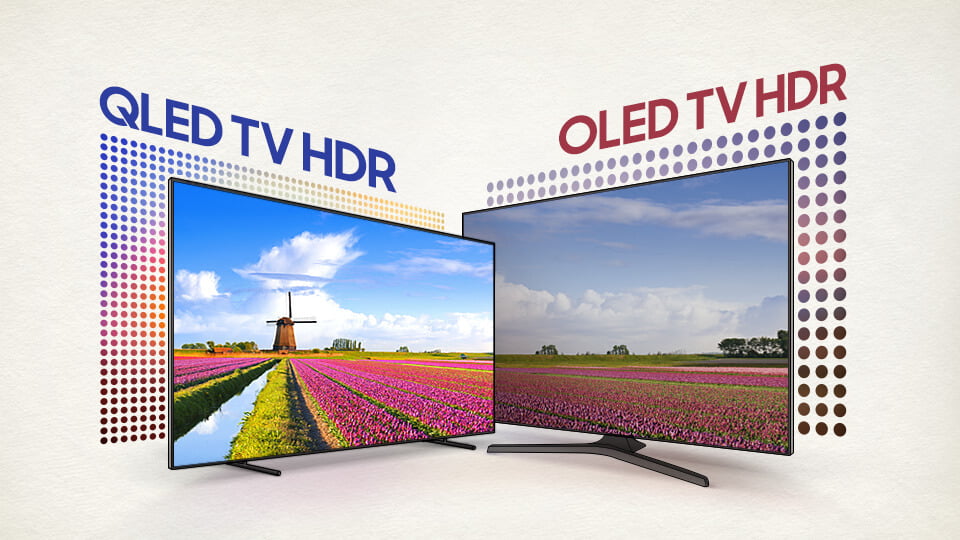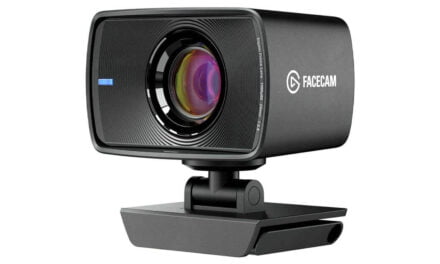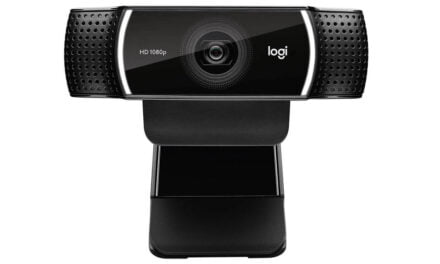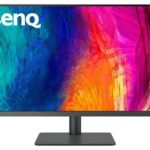
QLED vs OLED

When it comes to choosing a new TV, there are many things to consider, including screen size, resolution, and brand. One of the most important considerations, however, is the type of display technology used in the TV. Currently, there are two major types of display technologies used in TVs: QLED vs OLED. In this article, we’ll explore the differences between QLED and OLED technologies, and help you understand which one might be right for you.
Table of Contents
Let’s Start With Defining The Tech
QLED stands for Quantum Dot Light Emitting Diode, and is a display technology developed by Samsung. QLED TVs use a layer of tiny semiconductor crystals, called quantum dots, to create a picture. When the TV’s backlight hits the quantum dots, they emit light of a specific color, which combines to create the final image. One of the key benefits of QLED technology is that it can produce incredibly bright and vivid colors, as well as deep blacks. This is because the quantum dots can be made very small and precise, allowing for a greater range of color and contrast.
OLED, on the other hand, stands for Organic Light Emitting Diode, and is a display technology developed by LG. OLED TVs like the SONY BRAVIA XR A95K, use a layer of organic compounds that emit light when an electric current is applied. Unlike QLED, which uses a backlight, each pixel on an OLED TV can emit its own light, allowing for greater control over brightness and contrast. This means that OLED TVs can produce incredibly deep blacks and vivid colors, as well as a wider viewing angle than QLED TVs.
QLED vs OLED – Some of The Differences
So, which technology is better? Well, it depends on what you’re looking for in a TV. Here are some of the key differences between QLED and OLED:
Brightness: QLED TVs are generally brighter than OLED TVs, which can be beneficial in bright rooms or when watching content with lots of bright colors. However, OLED TVs can still produce incredibly bright images, and can also produce deeper blacks than QLED TVs.
Color accuracy: Both QLED and OLED TVs can produce accurate and vivid colors, but QLED TVs are generally better at producing bright and bold colors, while OLED TVs are better at producing subtle and nuanced colors.
Contrast: OLED TVs can produce incredibly deep blacks, thanks to their ability to turn off individual pixels. QLED TVs can also produce deep blacks, but they rely on a backlight, which can lead to some blooming (where bright areas bleed into dark areas).
Viewing angle: OLED TVs have a wider viewing angle than QLED TVs, which means that you can watch the TV from more angles without losing picture quality.
Price: QLED TVs are generally cheaper than OLED TVs, although prices for both technologies can vary depending on the size and features of the TV.
Conclusion
So, which technology should you choose? Ultimately, it comes down to personal preference and how you plan to use your TV. If you’re looking for a TV that can produce incredibly bright and vivid colors, and you don’t mind paying a bit more, then a QLED TV might be the right choice for you. If you want a TV with incredible contrast and a wide viewing angle, and you don’t mind paying a bit more, then an OLED TV might be the way to go.
Ultimately, both QLED and OLED technologies are capable of producing stunning images, and the choice between the two comes down to your personal preferences and budget. Whichever technology you choose, make sure to do your research and choose a reputable brand and model that fits your needs.
































